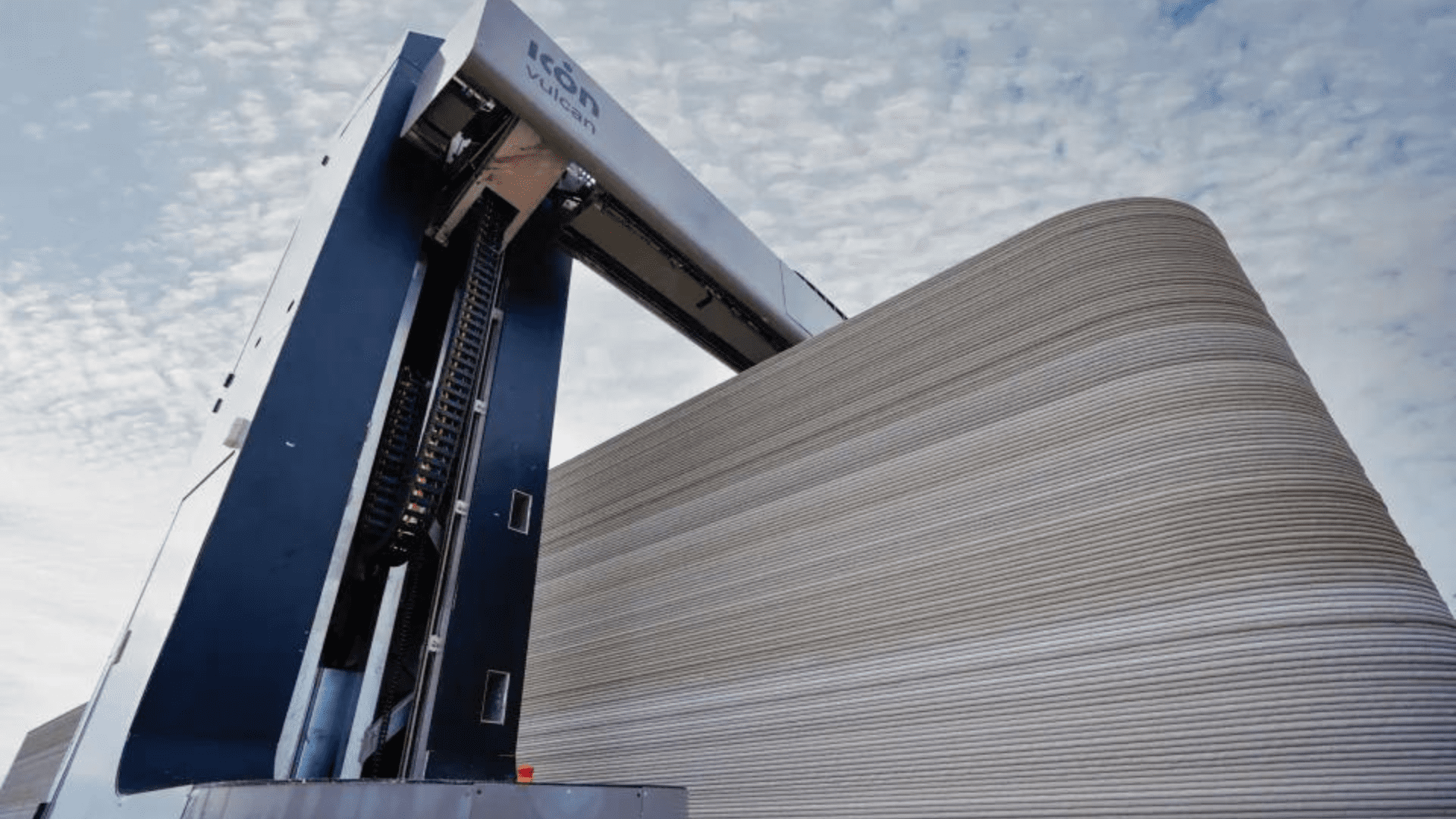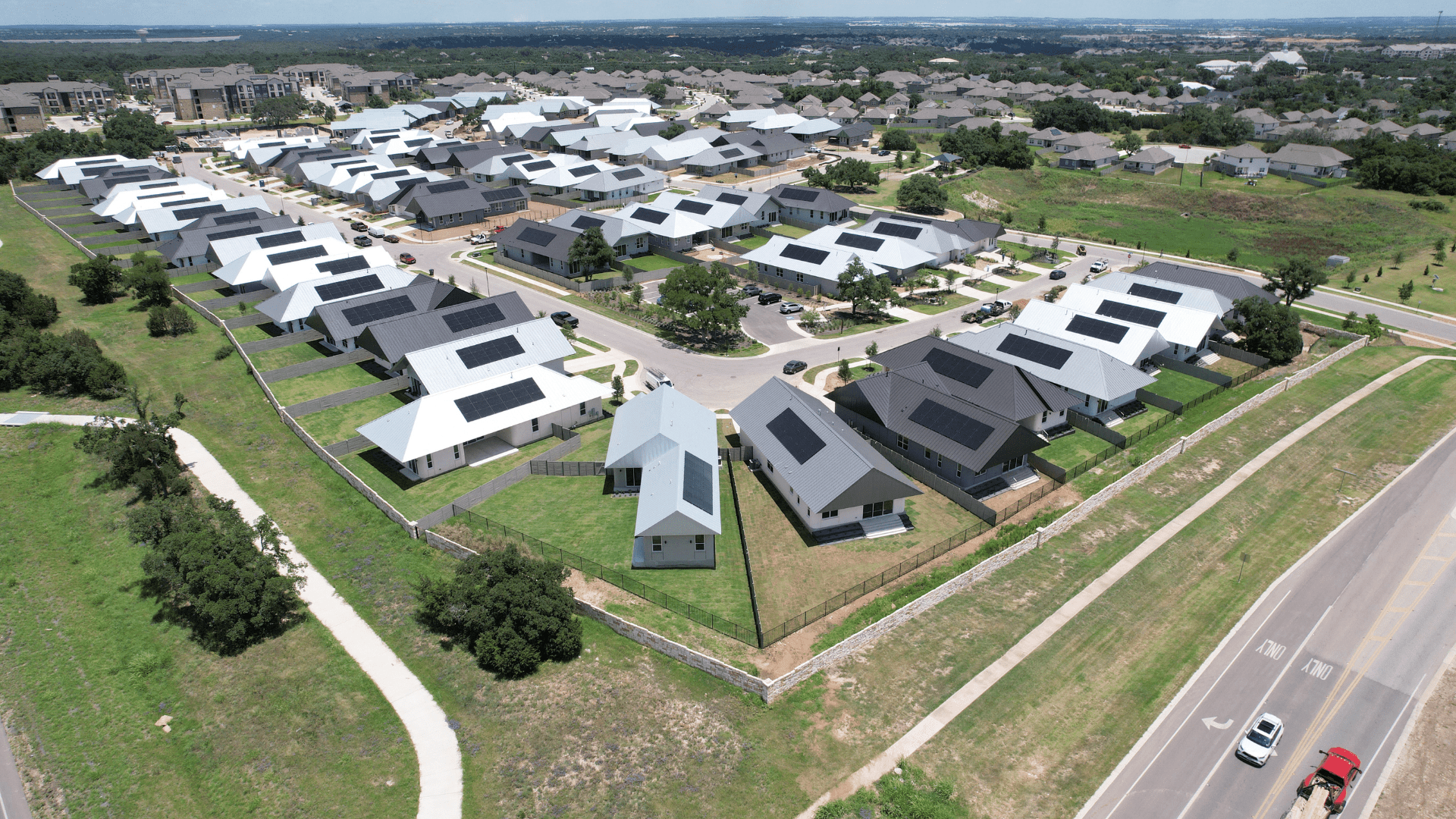About 30 miles from Austin, Texas, a company is finishing the last few houses out of 100 to complete the world’s largest 3D-printed neighborhood.
A 3D- Printed Community

Like a normal 3D-printed, the company ICON’s industrial printer pipes layer by layer to construct an object. However, there is a size difference. ICON’s printer is over 45 feet wide and weighs almost 5 tons.
ICON started printing the walls for Wolf Ranch, a community in Georgetown, Texas, in November 2022. Compared to traditional construction methods, the company says 3D printing is more efficient, faster, less expensive, and doesn’t require as many workers. In addition, there is sustainability potential with less construction waste.
“It brings a lot of efficiency to the trade market,” said ICON senior project manager Conner Jenkins. “So, where there were maybe five different crews coming in to build a wall system, we now have one crew and one robot.”
The printing process requires a few simple ingredients, along with other additives. It includes mixing concrete powder, water and sand. It’s a pretty simple cement recipe. After the mixture is pumped into the printer, the nozzle squeezes out the concrete mixture. The printer builds a wall, layer by layer on a pre-programmed path. It creates a corduroy-effect wall.
Constructing the Homes

The homes are one-story with three to four bedrooms. According to the company, they take about three to four weeks to print. The foundation and metal roofs are traditionally placed after. Jenkins said the walls resist water, mold, termites, and extreme weather.
Lawrence Nourzad and his girlfriend Angela Hontas bought a home at Wolf Ranch earlier this summer. “It feels like a fortress,” Nourzad told Reuters. He emphasized his confidence in the homes being resistant to tornadoes. The couple said that the walls provide strong insulation from the scorching Texas temperatures. However, they said the walls are so thick that the house doesn’t have a strong wireless internet connection.
“Obviously these are really strong, thick walls,” Nourzad said. “And that’s what provides a lot of value for us as homeowners and keeps this thing really well-insulated in a Texas summer, but signal doesn’t transfer through these walls very well.”
To address the issue, an ICON spokeswoman said most Wolf Ranch homeowners use mesh internet routers. These send a signal to multiple internet units throughout the house, instead of one router with one signal.
The homes range in price from around $450,000 to close to $600,000. According to developers, about one-quarter of the 100 homes have been sold.







